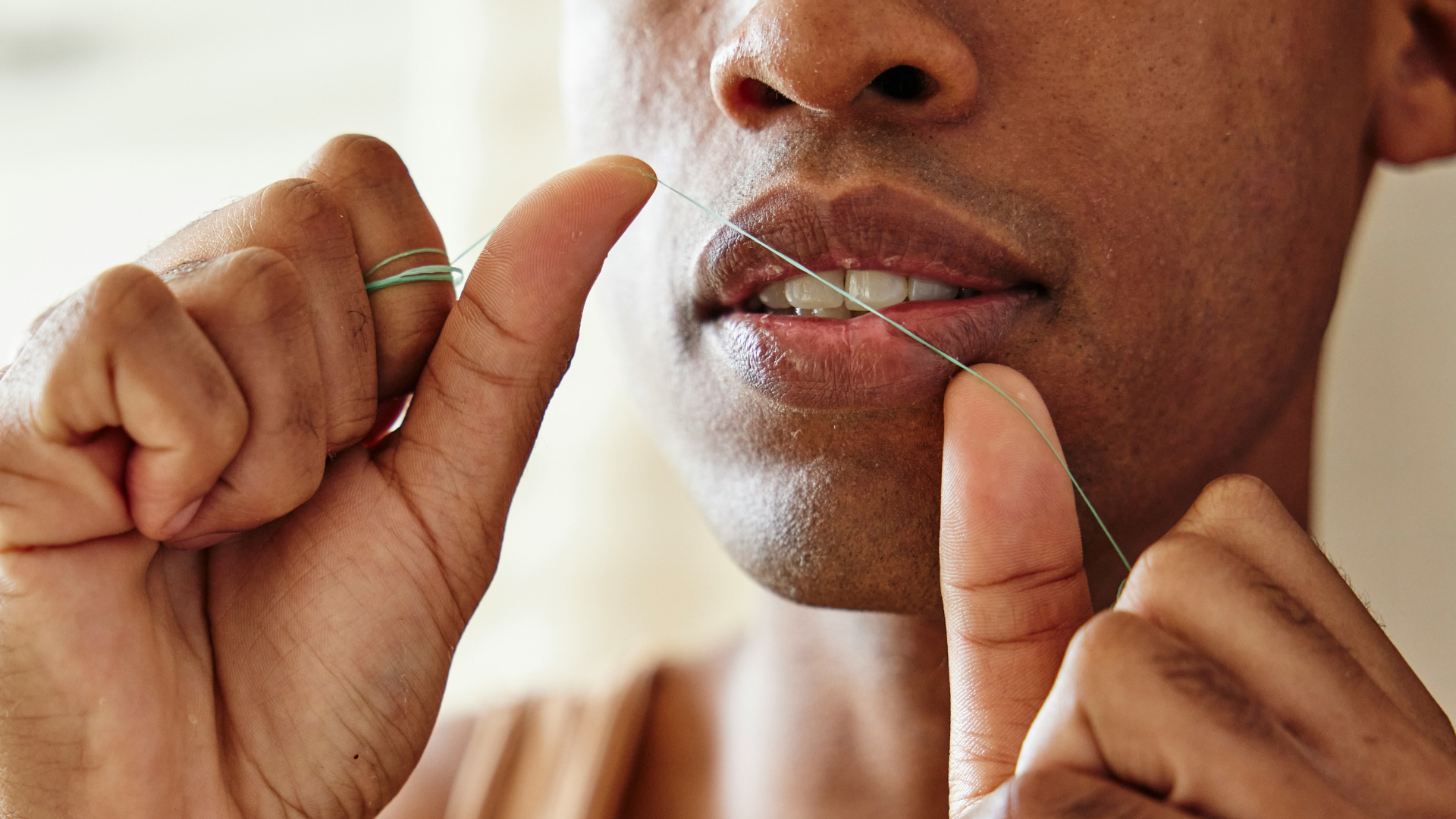Beyond Beauty: How Botox Treats Migraines and TMJ in Busy NYC Lives
When Your Jaw Pain Isn't Just Stress
If you're reading this with a throbbing headache or aching jaw after another demanding day in Manhattan, you're not alone. The connection between temporomandibular joint disorder (TMJ) and chronic migraines affects millions of professionals, but few realize there's a solution that goes far beyond over-the-counter pain relievers.
At Shine Dentistry in Chelsea Gardens, I've developed a comprehensive approach that combines therapeutic Botox with custom nightguards and targeted pharmacology to address the root causes of jaw-related pain and migraines.
As I tell my patients, "We're not just treating symptoms—we're transforming your quality of life."
The NYC Lifestyle Connection
Why Manhattan Professionals Suffer More
The demanding pace of New York City life creates a perfect storm for TMJ and migraine development:
- Chronic stress from high-pressure careers
- Teeth grinding (bruxism) during sleep
- Jaw clenching throughout the workday
- Poor posture from desk work and commuting
- Irregular sleep patterns disrupting natural healing
These factors compound, creating a cycle of pain that traditional treatments often fail to break.
The Hidden Cost of Untreated TMJ
Beyond the physical discomfort, untreated TMJ and related migraines impact:
- Professional performance due to chronic pain
- Sleep quality leading to daytime fatigue
- Social life as sufferers avoid activities
- Mental health from persistent discomfort
- Long-term dental health from continued grinding
Understanding the TMJ-Migraine Connection
How Your Jaw Triggers Head Pain
The temporomandibular joint sits directly in front of your ear, connected to a complex network of muscles, nerves, and blood vessels. When this joint becomes inflamed or misaligned, it can:
- Trigger trigeminal nerve pain that radiates throughout the head
- Create muscle tension extending from jaw to temples
- Disrupt blood flow contributing to migraine patterns
- Cause referred pain felt as headaches, neck pain, or ear discomfort
Why Traditional Treatments Fall Short
Many patients come to me after trying:
- Multiple pain medications with limited relief
- Physical therapy that addresses symptoms, not causes
- Sleep studies that miss the dental component
- Neurological treatments that ignore jaw involvement
The missing piece? A comprehensive approach that addresses both the mechanical and neurological aspects of the problem.
My Preferred Treatment Approach: The Triple Combination
After treating hundreds of TMJ and migraine patients in Manhattan, I've developed a protocol that provides lasting relief through three complementary interventions.
- Therapeutic Botox: Targeting the Source
How It Works: Botox (botulinum toxin) temporarily relaxes the overactive muscles responsible for jaw clenching and grinding. When injected into specific muscle groups, it:
- Reduces muscle hyperactivity that contributes to TMJ pain
- Decreases inflammation in the joint area
- Interrupts pain cycles that lead to chronic migraines
- Prevents future episodes by breaking harmful patterns
Strategic Injection Sites:
- Masseter muscles (primary chewing muscles)
- Temporalis muscles (temples)
- Frontalis (forehead, for migraine prevention)
- Procerus and corrugator (between eyebrows)
Results Timeline:
- Week 1-2: Initial muscle relaxation begins
- Week 3-4: Significant pain reduction
- Month 2-3: Peak effectiveness
- Month 4-6: Sustained relief with potential retreatment
2. Custom Nightguards: Mechanical Protection
Why Generic Guards Fail: Over-the-counter nightguards often worsen TMJ symptoms because they:
- Don't address individual bite patterns
- Can actually increase clenching in some patients
- Lack proper thickness and material properties
- Fail to position the jaw optimally
My Custom Approach: Each nightguard I create is:
- Precisely fitted to your unique bite pattern
- Strategically designed to position your jaw in optimal alignment
- Made from medical-grade materials for durability and comfort
- Adjusted over time as your condition improves
Immediate Benefits:
- Protection of tooth enamel from grinding
- Reduction in morning jaw stiffness
- Improved sleep quality
- Prevention of further joint damage
3. Targeted Pharmacology: Supporting Healing
Beyond Basic Pain Relief: My pharmacological approach includes:
Anti-inflammatory protocols to reduce joint inflammation Muscle relaxants for acute episodes Neuropathic pain medications for nerve involvement Sleep aids when necessary for restorative rest Nutritional supplements supporting muscle and nerve health
Personalized Regimens: Each patient receives a customized medication plan based on:
- Severity and duration of symptoms
- Other medical conditions and medications
- Lifestyle factors and work demands
- Response to previous treatments
Why This Combination Works
Synergistic Effects
Each component enhances the others:
- Botox relaxes muscles while the nightguard protects against damage
- Pharmacology reduces inflammation while Botox prevents new flare-ups
- Nightguards improve sleep while medications support healing
- All three address different aspects of the same underlying problem
Comprehensive Coverage
- Immediate relief from medications
- Progressive improvement from Botox
- Long-term protection from nightguards
- Lifestyle modification through patient education
The Treatment Experience at Shine Dentistry
Initial Comprehensive Evaluation
Detailed History:
- Pain patterns and triggers
- Sleep habits and stress levels
- Previous treatments and outcomes
- Work and lifestyle factors
Physical Examination:
- Joint palpation and range of motion
- Muscle tension assessment
- Bite analysis and occlusion evaluation
- Postural evaluation
Advanced Diagnostics When Needed:
- Digital bite analysis
- Muscle activity monitoring
- Collaboration with medical specialists
- Imaging studies if indicated
Personalized Treatment Planning
Phase 1: Immediate Relief (Week 1-4)
Botox injections for rapid muscle relaxation
Anti-inflammatory medications
Soft diet recommendations
Stress management techniques
Phase 2: Stabilization (Month 1-3)
Custom nightguard fabrication and fitting
Medication optimization
Progressive muscle relaxation training
Follow-up Botox as needed
Phase 3: Long-term Management (Month 3+)
- Regular monitoring and adjustments
- Maintenance Botox schedule (typically every 4-6 months)
- Nightguard modifications as healing progresses
- Lifestyle modification support
Real Patient Transformations
Sarah, Investment Banker
"I was getting migraines 3-4 times per week, affecting my work performance. The combination of Botox and my custom nightguard has reduced my migraines to maybe once a month, and they're much milder. I can finally focus on my career instead of managing pain."
Michael, Attorney
"Years of clenching my jaw during stressful cases led to constant TMJ pain. Dr. Johnston's approach addressed both the muscle tension and the underlying grinding. I sleep better and wake up without jaw pain for the first time in years."
Lisa, Creative Director
"The chronic headaches were affecting my creativity and mood. The targeted Botox treatments, combined with my nightguard and the anti-inflammatory regimen, gave me my life back. I can be present for my family and productive at work again."
Addressing Common Concerns
"Will Botox Change My Appearance?"
Therapeutic vs. Cosmetic Botox:
- Lower doses used for medical purposes
- Strategic placement targets function, not appearance
- Gradual, natural results that don't affect facial expressions
- Reversible effects if adjustment needed
"Is This Treatment Covered by Insurance?"
Medical vs. Cosmetic Classification:
- TMJ treatment often covered when medically necessary
- Migraine prevention covered by many insurance plans when criteria are met
- Custom nightguards frequently covered as medical appliances
"How Long Before I See Results?"
Timeline Expectations:
- Botox effects: 1-2 weeks for initial relief, peak at 1 month
- Nightguard benefits: Immediate protection, progressive comfort improvement
- Medication effects: Varies by type, from immediate to several weeks
- Overall improvement: Most patients report significant relief within 6-8 weeks
Maintenance and Long-term Success
Ongoing Care Protocol
Regular Follow-ups:
- Monthly check-ins during initial phase
- Quarterly maintenance appointments
- Annual comprehensive evaluations
- Immediate availability for acute episodes
Botox Maintenance:
- Typically every 4-6 months
- Dose adjustments based on response
- Seasonal modifications for stress periods
- Preventive timing before known triggers
Nightguard Care:
- Regular cleaning and inspection
- Adjustments as bite changes
- Replacement when necessary (typically 2-5 years)
- Backup guards for travel
- Lifestyle Integration
Lifestyle Integration
Stress Management:
- Recognition of triggers and early intervention
- Workplace ergonomics optimization
- Sleep hygiene improvements
- Relaxation techniques training
Professional Coordination:
- Collaboration with neurologists when needed
- Physical therapy referrals for specific cases
- Nutritional counseling for anti-inflammatory support
- Mental health resources for chronic pain management
The Science Behind Success
Evidence-Based Approach
Research Supporting Combination Therapy:
- Studies show 70-80% improvement in TMJ symptoms with Botox
- Custom nightguards reduce grinding force by up to 70%
- Combination therapy provides longer-lasting relief than single treatments
- Patient satisfaction rates exceed 85% with comprehensive approach
Ongoing Innovation:
- Latest injection techniques for optimal results
- Advanced materials for nightguard construction
- Emerging pharmacological options
- Technology integration for treatment monitoring
Investment in Your Quality of Life
Treatment Costs
- Initial consultation and evaluation: Comprehensive assessment
- Botox treatments: Varies by number of injection sites needed
- Custom nightguard: One-time investment with long-term value
- Medication costs: Varies by insurance coverage and specific needs
Value Proposition
When compared to:
- Lost productivity from chronic pain
- Multiple specialist visits and treatments
- Emergency room visits for severe episodes
- Long-term dental damage from untreated grinding
The comprehensive approach offers exceptional value through effective, lasting relief.
Take the First Step Toward Relief
If chronic migraines or TMJ pain are affecting your daily life, you don't have to suffer in silence. The combination of therapeutic Botox, custom nightguards, and targeted pharmacology has transformed the lives of countless Manhattan professionals.
Ready to Reclaim Your Quality of Life?
Call us at (212) 242-5344
Your Consultation Includes:
- Comprehensive pain and lifestyle assessment
- Detailed examination of jaw function and muscle tension
- Personalized treatment plan development
- Clear timeline and expectation setting
Take Action for Complete Oral Health
Ready to optimize your oral hygiene routine? Let's create a personalized protocol that fits your lifestyle and addresses your specific needs.
📞 Call us at
(212) 242-5344
Your consultation includes:
- Evaluation of your current oral hygiene effectiveness
- Personalized product recommendations
- Technique demonstration and training
- Follow-up plan to track improvement
About Dr. Elena Johnston
Dr. Elena Johnston combines advanced training in therapeutic Botox with comprehensive TMJ management to provide relief for Manhattan's busy professionals. Her holistic approach addresses not just symptoms, but the underlying causes of jaw-related pain and migraines.
"Chronic pain shouldn't be part of your daily routine. Through targeted treatment that addresses the whole problem, we can restore both comfort and confidence to your life." - Dr. Elena Johnston


